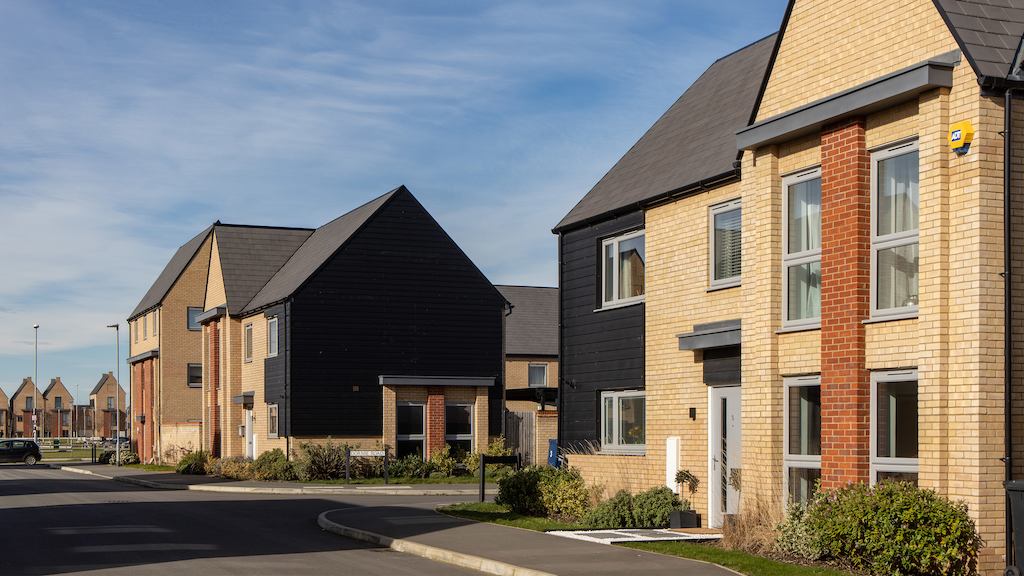In 2018, an estimated 17,000 people died due to cold homes. Cold, draughty houses take a huge toll on the lives of people living in them and can cause or worsen a range of health conditions. On top of the shocking human cost, the poor quality of England’s homes is also a major obstacle to cutting greenhouse gas emissions 80% by 2050 – so it’s surprising that so little action has been taken so far by the government to address the issue.
But that’s not to say nothing is being done. Regional and smaller-scale initiatives could pave the way for greater national action to improve the quality and energy-efficiency of homes. Lendology CIC was set up fifteen years ago to help homeowners finance home improvements and repairs. Today, they are responsible for lending funds on behalf of 18 local councils across the South West to people whose homes are in need of essential repairs. Over the last 15 years, they’ve lent over £16 million; £9 million has been paid back so far and is available for re-lending. These loans are available with the same interest rate (4%) to all applicants, regardless of their age or credit history, and they're a vital lifeline in enabling people to live safely and comfortably in their home.
Lendology say they are ready to expand: they have recently invested in their back-office systems and could feasibly operate on behalf of all councils across the UK. They would employ local loans advisors to deliver the face-to-face visits that some vulnerable clients need, but the telephone-based work they have been doing during the pandemic means their team can be based anywhere in the country and support clients nationwide. They say the councils they speak to would all like Lendology to operate in their area – but they lack the funds and aren’t able to borrow at low enough rates for Lendology to be able to offer a low rate to clients. Instead, they say, funding from central government would allow them to extend their reach and support more of the people who need it.

